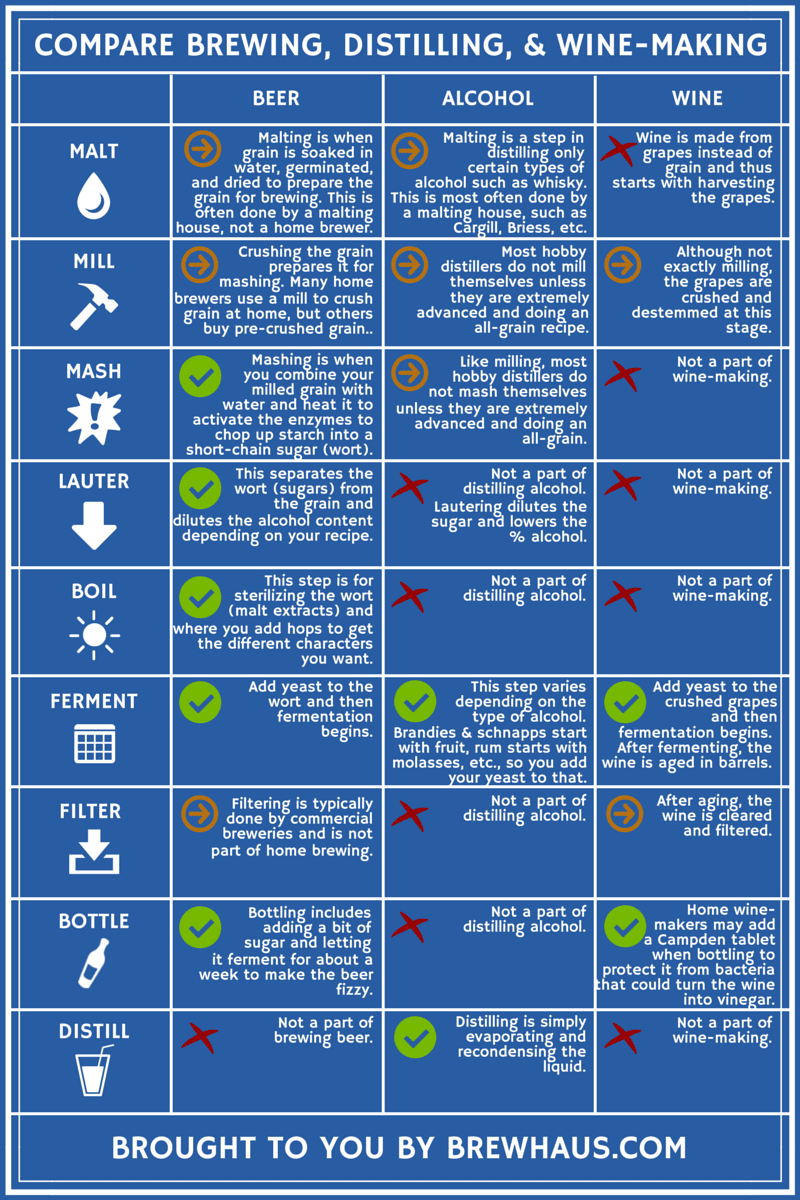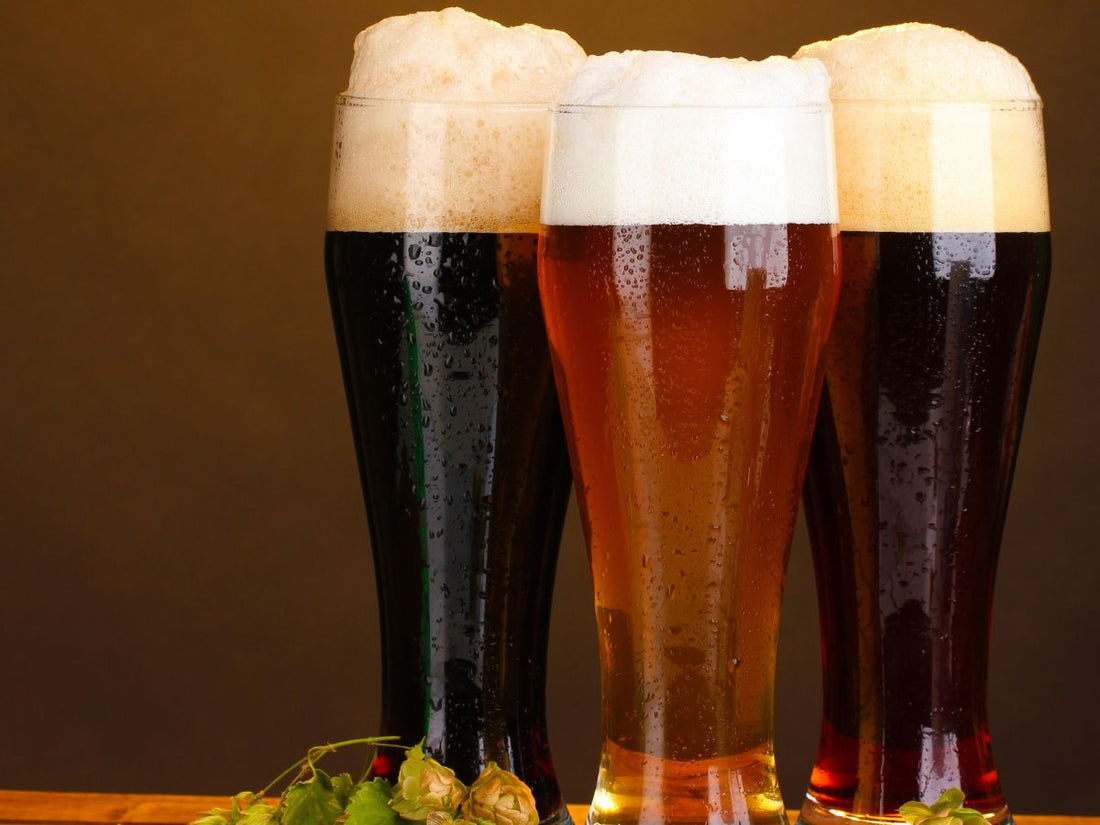Behind-the-Scenes at a Distillery in Galveston: Tours and Tastings
Mastering the Craft of Purification: a Deep Dive Into Distillery Traditions
Checking out the elaborate art of distillation introduces a globe steeped in time-honored practices that have actually formed the spirits we delight in today. From the ancient beginnings of distillation strategies to the modern-day evolution of distillery tools, each action in the process lugs with it a rich tapestry of background and knowledge. As we explore the delicate equilibrium of conventional versus modern-day distilling techniques and uncover the significance of crucial ingredients, a much deeper understanding emerges of the extensive impact distillery customs have on the spirits we relish.
Origins of Purification Techniques
The growth of distillation methods has an abundant background that traces back to ancient worlds. The beginnings of purification can be linked to early people such as the Mesopotamians, Egyptians, and Greeks. These old societies utilized primary distillation techniques for perfumery, medication, and generating alcohols. The concept of separating parts based on their different boiling factors laid the foundation for the innovative distillation processes we have today.
The earliest proof of purification go back to around 3000 BC in Mesopotamia, where clay pots were made use of to boil down fragrances and fragrant oils. The Egyptians better progressed these strategies, making use of purification for embalming techniques and medical objectives. The Greeks, notably figures like Aristotle and Hippocrates, contributed to the theoretical understanding of distillation.
In time, distillation spread to areas like India, China, and the Middle East, each culture adding its distinct touch to the craft. The development of purification techniques proceeded through the Center Ages and the Renaissance, eventually causing the varied range of purification processes utilized in modern-day distilleries worldwide.
Evolution of Distillery Devices

With developments in innovation and a deeper understanding of the distillation process, modern distilleries currently make use of a selection of advanced devices to create spirits of the best. Today, purification tools consists of column stills, reflux stills, and hybrid stills, each designed to accommodate details purification requirements. These modern stills offer far better temperature level policy, increased purification accuracy, and greater efficiency in dividing alcohol from pollutants.
Along with stills, distilleries currently utilize advanced condensers, fermenters, and purification systems to more fine-tune the extract. The advancement of distillery devices continues to play an important role fit the diverse variety of spirits readily available out there today.
Conventional Vs. Modern Distilling Practices
On link the other hand, modern-day distilling techniques leverage advanced innovation and advancement to simplify manufacturing processes and enhance consistency. Automated systems, electronic controls, and advanced devices make it possible for modern-day distilleries to produce spirits a lot more successfully and with greater precision.
While standard distilling techniques are cherished for their heritage and the special tastes they produce, contemporary approaches provide benefits in regards to scalability, quality control, and sustainability. By including clinical advancements and contemporary design, distillers can optimize production, decrease waste, and satisfy the needs these days's market better. Eventually, the selection in between typical and modern distilling methods usually relies on the distillery's objectives, worths, and target market.
Trick Active Ingredients in Purification Refine
Within the craft of distillation, the selection of vital active ingredients plays a vital duty in identifying the taste profile and high quality of the spirits generated. The main components utilized in the distillation process are commonly water, yeast, and a fermentable source such as grains, fruits, or sugarcane.
Water is an essential part as it not just waters down the alcohol web content to a palatable degree however also influences the overall mouthfeel and appearance of the spirit. The high quality and mineral content of the water utilized can significantly affect the end product.
Yeast special info is another crucial component that transforms the sugars present in the fermentable resource into alcohol via the process of fermentation. Different stress of yeast can produce differing tastes and aromas, contributing to the unique features of the spirit.

Influence of Distillery Traditions on Spirits
The impact of historical distillery practices on spirits prolongs beyond the selection of key ingredients, forming the really significance and character of the final distilled items (Galveston Liquor). These practices, gave with generations, play a vital function in specifying the one-of-a-kind taste accounts and high qualities that distinguish one spirit from one more
Distillery traditions include a wide variety of practices, from the certain techniques made use of in distillation to the option of aging processes used. The usage of traditional copper pot stills in scotch manufacturing is believed to give particular flavors and features that are highly valued by lovers. The aging of spirits in oak barrels, a practice deeply rooted in distilling customs, contributes to the advancement of complex scents and flavors over time.

Verdict
From the beginnings of purification strategies to the modern-day practices, the impact of distillery traditions on spirits is undeniable. Distillery customs play a crucial function in forming the spirits market and protecting the heritage of purification methods.
Throughout the background of purification, the tools made use of in distilleries has actually gone through substantial advancement to boost performance and top quality of the purification process.With improvements in innovation and a much deeper understanding of the distillation process, contemporary distilleries now utilize a range of advanced devices to produce spirits of the highest quality. Today, distillation tools consists of column stills, reflux stills, and crossbreed stills, each made to provide to details purification demands. From the beginnings of distillation techniques to the modern practices, the impact of distillery traditions on spirits is undeniable. Distillery traditions play a vital duty in forming visit this site right here the spirits sector and maintaining the heritage of purification techniques.